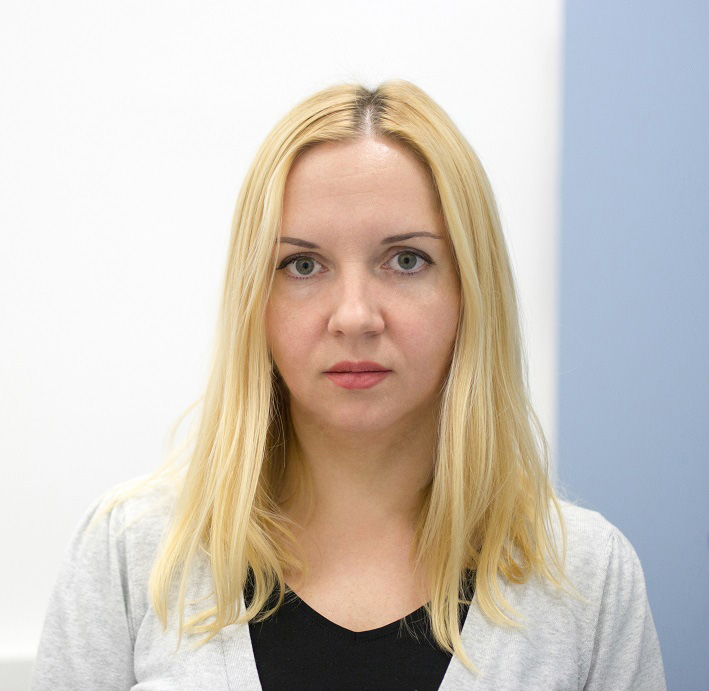View All Molecular Biophysics at Instruct
Techniques are available for the analysis of kinetic and thermodynamic parameters of biomolecular interactions and for the biophysical characterisation of the structure, function and stability of biological biological macromolecules like proteins, nucleic acids, lipids and their complexes.
Access to balances, pH meter, Nano-Drop, mixers, shakers, centrifuges, salts, buffers etc.
The Chirascan Plus CD spectropolarimeter with avalanche photodiode detector - provides fast scanning and high sensitivity. This instrument can simultaneously measure accurate CD, absorbance and fluorescence data. Detection range: 170-1150 nm. Peltier temperature control.
Instrument measures the temperature of thermally-induced structural transitions of molecules in solution. A complete thermodynamic profile is generated to understand the factors that affect conformation and stability of proteins, nucleic acids, micellar complexes and other macromolecular systems. The operating temperature range is of -10°C to 130°C. Maximum scan rates are 90°C/hr in the upscan mode and 60°C/hr in the downscan mode.
Instrument measure native DFS to determine protein thermal transition temperatures and stability of 48 up to samples at a time. No dye is required, tryptophan fluorescence at 330 nm and 350 nm is detected. Temperature range: from 15 °C to 95 °C.
Instrument is used for the measurement of particle and molecular size using Dynamic Light Scattering, with the option of measuring zeta potential and electrophoretic mobility, and molecular weight using Static Light Scattering. Size (diameter): from 0.3 nm to 5 microns. Molecular weight measurement down to 10 kDa. Temperature range 0-90°C.
Provides the unique possibility to acquire a complete far and mid IR spectrum from 6000 cm-1 to 50 cm-1 in a single step measurement.
Direct measurement of submilimolar to nanomolar binding constants (103 - 109 M-1). Thermodynamic characterization of the molecular interaction in a single experiment (stoichiometry, Kd, ∆H and ∆S values). Calorimetric measurement over a range of biologically relevant conditions (temperature, salt, pH, etc.).
For measuring spectra from the ultraviolet to the mid-infrared spectral range, and lifetimes spanning from picoseconds to seconds.
Characterization of protein-ligand interactions based on thermophoretic effect, using the intrinsic tryptophan fluorescence. No sample modification is required with this device
Most advanced system for the measurement of particle and molecular size, particle charge and particle concentration. The measurement of particle concentration is calibration-free and suitable for a wide range of materials.It combines DLS and ELS system, incorporating Non-Invasive Back Scatter (NIBS) and Multi-Angle Dynamic Light Scattering (MADLS) technology for the measurement of particle and molecular size.
Biomolecular interactions that can be measured under close to native conditions.
OCTET R8 (Sartorius) system for the kinetic and quantitative measurements using BioLayer Interferometry (BLI). It enables label-free analysis for the determination of kinetics and affinity of biomolecular binding based on BLI. Octet R8 is a fluidics-free, low maintenance detection system. Eight parallel, independent channels provide maximum speed, sensitivity and flexibility.
Spark microplate reader which offers absorbance (from 200 to 1 000 nm), fluorescence, including FRET and fluorescence polarization, and luminescence (ex 230 – 900 nm, em 280 – 900 nm) measurements. This technique provides a solution for ELISAs, low volume DNA/protein quantification and fast spectral scanning. It offers cuvettes and microplate formats up to 1 536 wells, has a higher performance, sensitivity and flexibility.
Protein interaction array system enables label-free quantitative analysis of biomolecular interactions in real time using SPR technology. The ProteOn system allows to screen analytes simultaneously against 36 different targets of interest, enabling rapid comparison among large numbers of interactions. Quantification of binding affinity and kinetics.; Determination of binding specificity and the number of binding sites. Characterization of membranes, lipids, nucleic acids and micellar systems.
Molecular absorption spectroscopy with ultraviolet and visible radiation in the spectral range from 190 to 1100 nm. Temperature control with Peltier element, scan-range 5-95ºC.
Characterization of intermolecular interactions by MST, iTC and SPR and evaluation of conformation of DNA, secondary structure of proteins, thermodynamic parameters of temperature transition, stability of biomolecules by CD and UV/Vis spectrometry, spectrofluorimetry, FTIR, DSC, DLS, MALDS and DSF.


